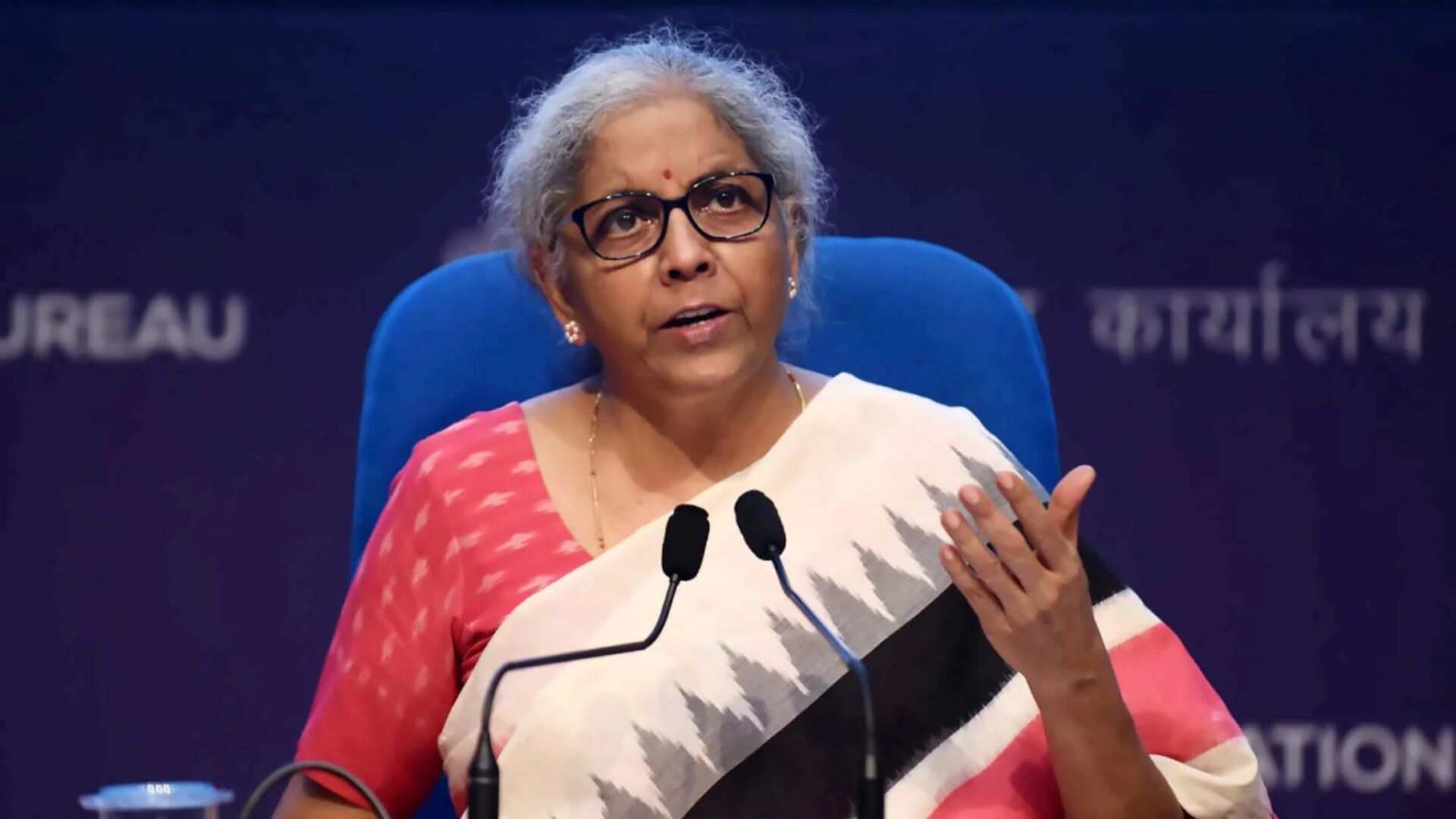Finance Minister Nirmala Sitharaman emphasized the need for more affordable bank interest rates, especially in the context of India’s growing economic challenges. Speaking at the 11th SBI Banking and Economics Conclave 2024 on November 18, Sitharaman pointed out that the current cost of borrowing has been a major stress factor, especially as industries are trying to ramp up and build capacities. “At a time when we want industries to ramp up and move building capacities, bank interest rates will have to be far more affordable,” she said, acknowledging the critical role affordable credit plays in boosting the economy.
Currently, the Reserve Bank of India (RBI) has kept its repo rate at 6.50%, a level it has maintained across the past 10 monetary policy meetings. The central bank’s stance has remained unchanged since the October policy, when it shifted from a “withdrawal of accommodation” approach to a more neutral position. This decision follows a period of relatively high interest rates designed to manage inflationary pressures.
The issue of high interest rates has been a topic of discussion recently. Union Minister Piyush Goyal, in a statement last week, called for an interest rate cut by the RBI, a suggestion that was met with a reserved response from RBI Governor Shaktikanta Das. During the CNBC-TV18 Global Leadership Summit, Das commented that he would hold off on any further remarks until the upcoming monetary policy review in December.
Inflation has been a pressing issue for the government, with certain key items causing stress on the overall numbers. Sitharaman identified perishable commodities like tomatoes, onions, and potatoes as major contributors to inflationary pressure, especially in periods of supply shortages. “India periodically and cyclically suffers from inadequate supply of perishable commodities,” she explained, adding that the government is focusing on improving the storage infrastructure to prevent such disruptions in the future. However, she acknowledged that such supply challenges would continue to cause price volatility for perishable goods in the short term.
India’s retail inflation rate saw a sharp rise in October, reaching a 14-month high of 6.2%, up from 5.5% in September. This was largely driven by soaring vegetable prices, which put additional strain on the consumer price index (CPI). The October inflation data surpassed the RBI’s target upper limit of 6%, raising concerns that the central bank may keep rates unchanged at its December meeting. Despite this, Shaktikanta Das remained optimistic that inflation would eventually moderate, even with the recent upward trend in prices.
As the government and RBI continue to monitor inflation and borrowing costs, all eyes are on the upcoming December monetary policy meeting, which may offer further insight into the direction of India’s economic strategy.
(WITH INPUTS FROM AGENCY)























